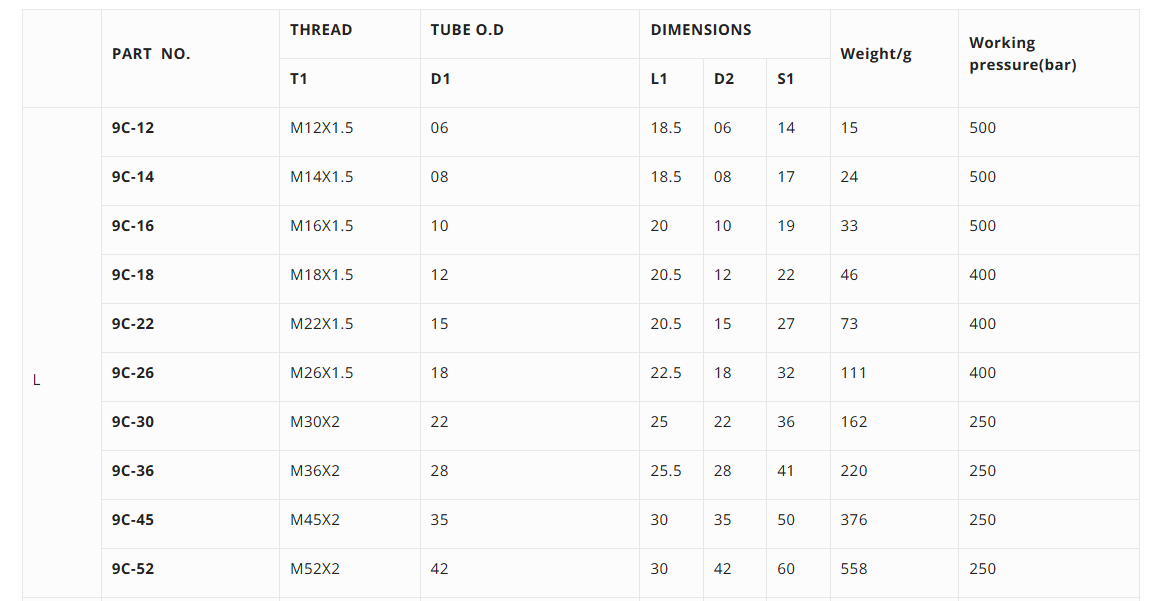TIAN LI HYDRAULIC EUROPE SP. Z O.O.
9C Metric female plug L type
9C Metric female plug L type
Dostupnost vyzvednutí nebylo možné načíst
9C Metric female plug L type
Blanking Plug with Nut for Cone
QUICK OVERVIEW
DIN Blanking Plug with Nut is one of the crucial components in high-pressure hydraulic pipelines. They are extensively useful across various industries, such as fluid transmission lines, automotive, environmental, infrastructure, and hydraulic systems. Moreover, these plugs have a simple installation. A wrench is sufficient for connection and disconnection. The Blanking Plug is highly resistant to corrosion and withstanding high pressure and temperature.
DIN Blanking Plug with Nut Description
DIN Blanking Plug with Nut is one of the crucial components in high-pressure hydraulic pipelines. They are extensively useful across various industries, such as fluid transmission lines, automotive, environmental, infrastructure, and hydraulic systems. Moreover, these plugs have a simple installation. A wrench is sufficient for connection and disconnection. The Blanking Plug is highly resistant to corrosion and withstands high pressure and temperature.
DIN type tube fittings conform to the requirements of ISO 8434-1, DIN 2353, and DIN EN 3850 standards, that ensures interchangeability among leading brands of fittings. DIN 2353 tube fittings are used in a wide variety of fluid power applications, especially in factories, oil & gas, and construction equipment. DIN2353 fittings are the most widely useful bite-type fittings in the world.
Selection
DIN Blanking Plug with Nut comes in various sizes. Pay close attention to the correct size while selecting and installing the connectors. Before choosing the adapter, take the fluid volume, pressure, and other system properties into consideration. Also, be aware of the environmental situation where the adapter is being used. Different sizes for this adapter are available in the above information table. You can also check our other DIN 2353 Bite Type Adapters.
Product Usage
First and foremost, the adapter selection should be according to your requirements. After choosing the proper adapter size based on the fluid volume, pressure, media, environmental situations, and other properties, you can install the adapter. Besides, we recommend contacting the supplier or the manufacturer for installation consultation.
Share




